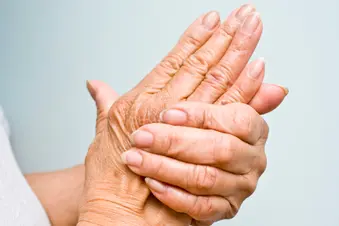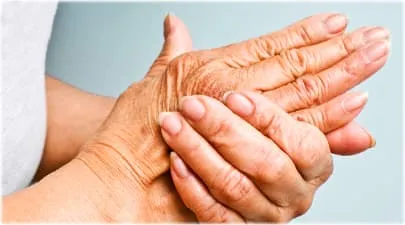
Most people with psoriasis get psoriatic arthritis.
- True
- False
You're more likely to have psoriatic arthritis if:
- Your parent has it
- You're fair-skinned
- You're a woman
A frozen bag of peas can help with the pain.
- True
- False
Psoriatic arthritis often causes problems with:
- Teeth
- Hair
- Nails
How many different patterns of joint problems are there for people with psoriatic arthritis?
- One
- Three
- Five
Which usually comes first?
- Skin problems
- Joint problems
What's the best exercise for psoriatic arthritis?
- Swimming
- Soccer
- You shouldn't exercise.
There is a cure for psoriatic arthritis.
- Yes
- No
